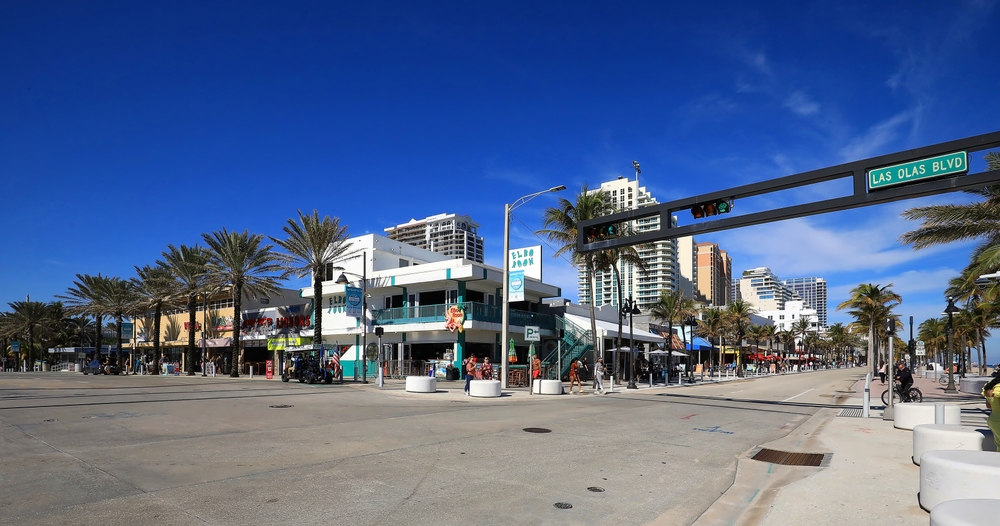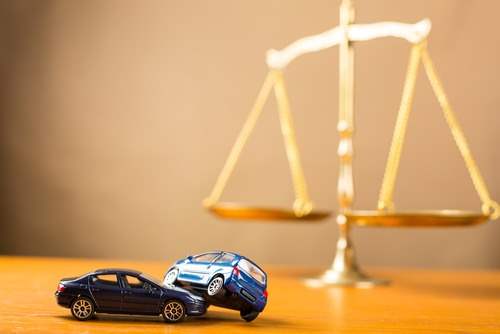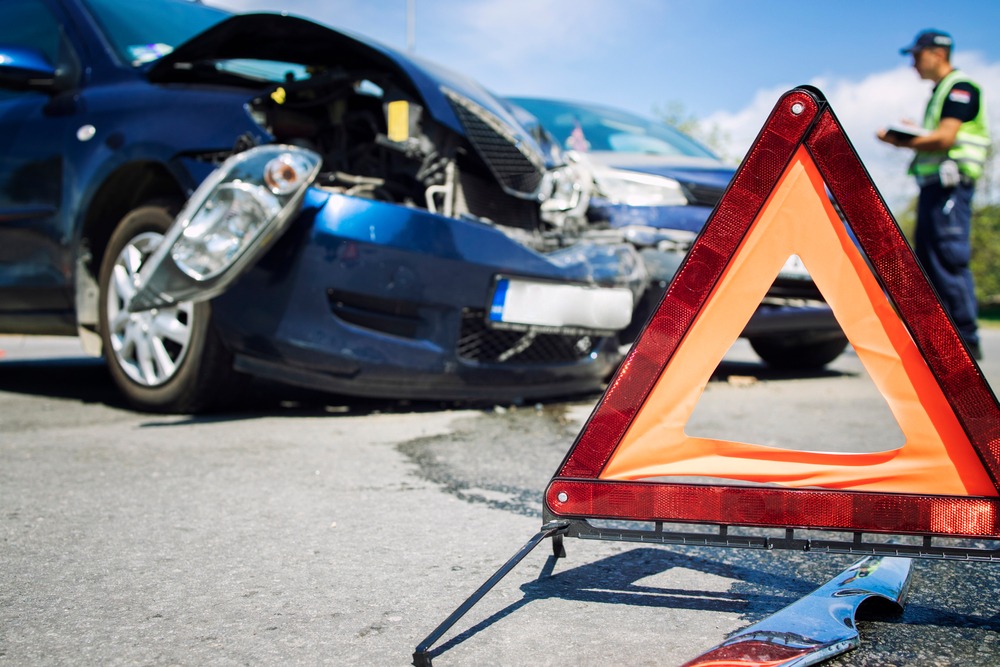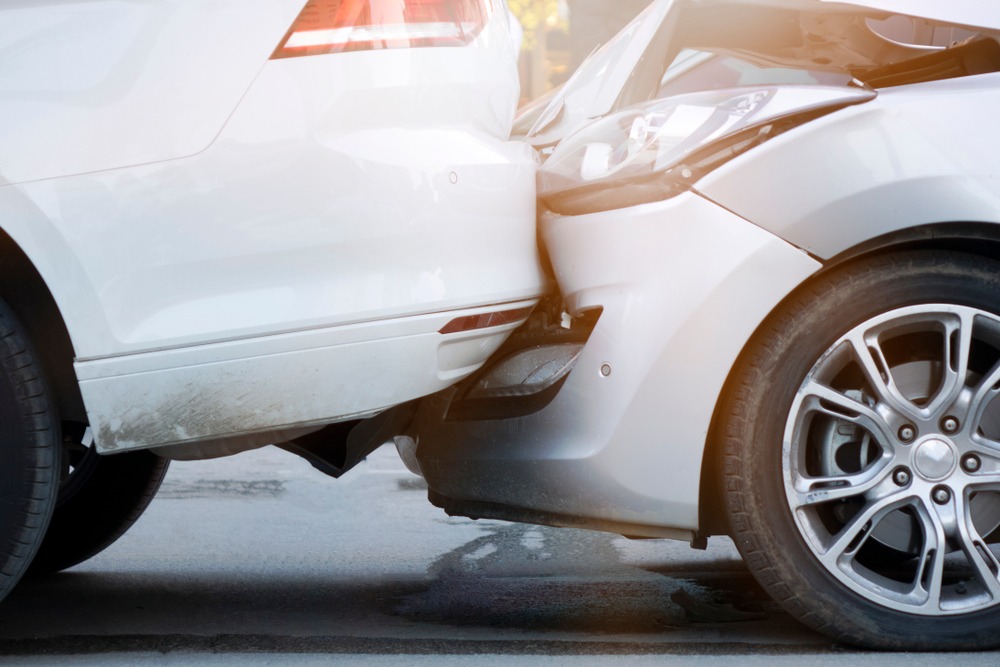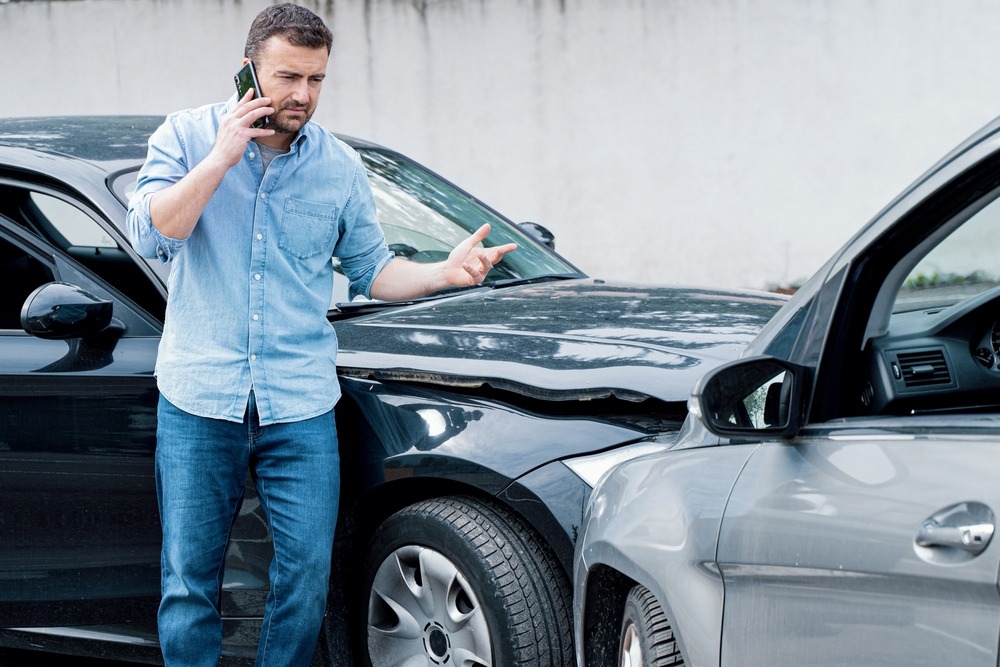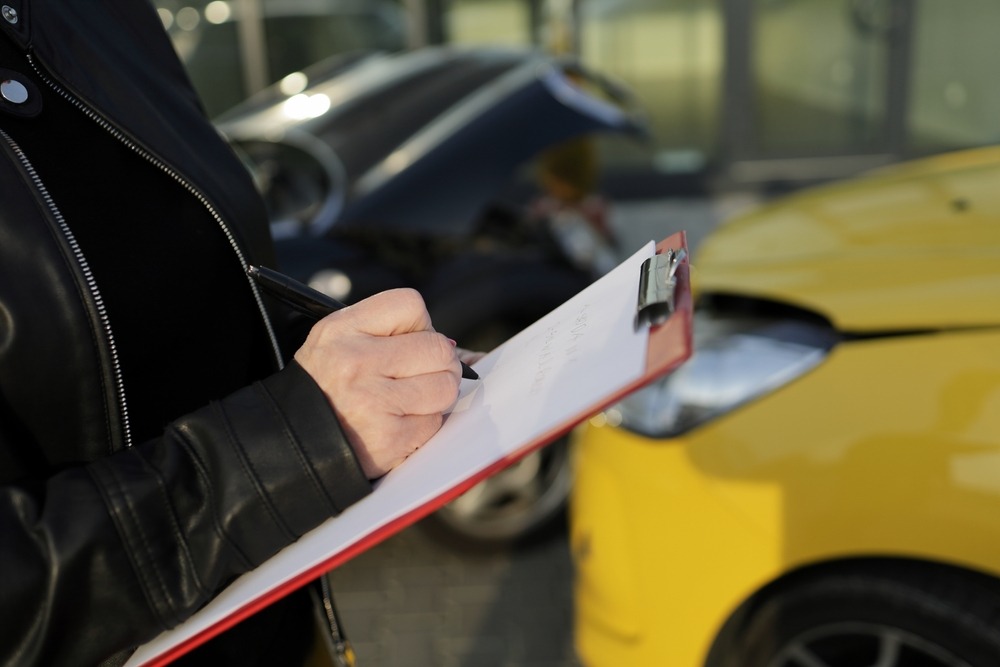High-tech auto safety features like automatic braking, lane-departure warnings and adaptive cruise control are already helping to prevent car accidents and save lives. But these safety features have one major limitation: They can only detect the car immediately in front of, beside or behind you.
In the case of currently available adaptive cruise control, the system will speed up or slow down depending on what the car directly in front does. Human drivers can still accelerate and decelerate more smoothly than adaptive cruise control because they can see brake lights several cars ahead. However, vehicle-to-vehicle, or V2V technology under development aims to improve the situation.
V2V technology will use a small radio transmitter and receiver on each vehicle to constantly broadcast information about the speed and location of itself and other vehicles in the area, even when those vehicles are around corners or otherwise out of sight. The systems will include a microcomputer, GPS and a radio operating in Dedicated Short Range Communication (DSRC) mode in the 5.9-GHz band. V2V systems are expected to have a cost of about $300 when they become available.
With so many vehicles broadcasting, the systems are designed to prevent information overload by focusing on the most important six to eight vehicles nearby. To address hacking concerns, the system’s security certificate, the radio’s MAC address and the vehicle ID will all change automatically every five minutes.
Auto safety experts say V2V is expected to make a major impact in preventing car accidents. The National Highway Traffic Safety Administration (NHTSA) is expected to introduce a mandate in 2016 that will require the gradual introduction of the systems in the timeframe of 2020.





